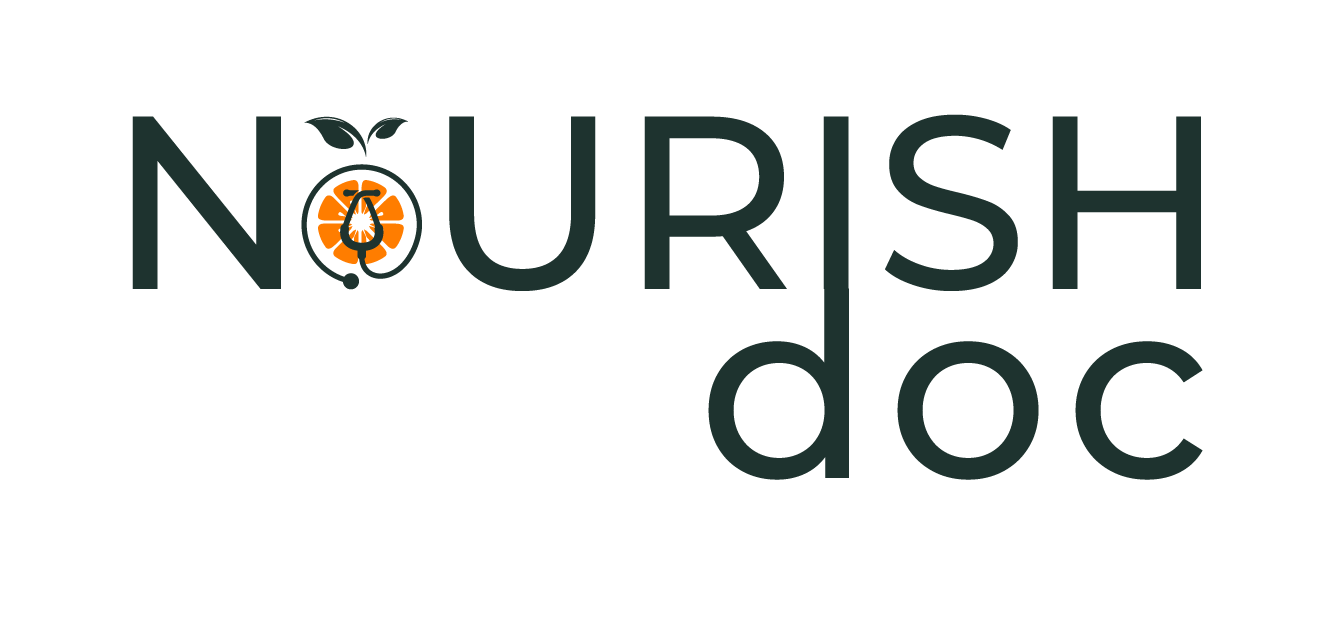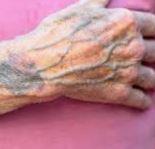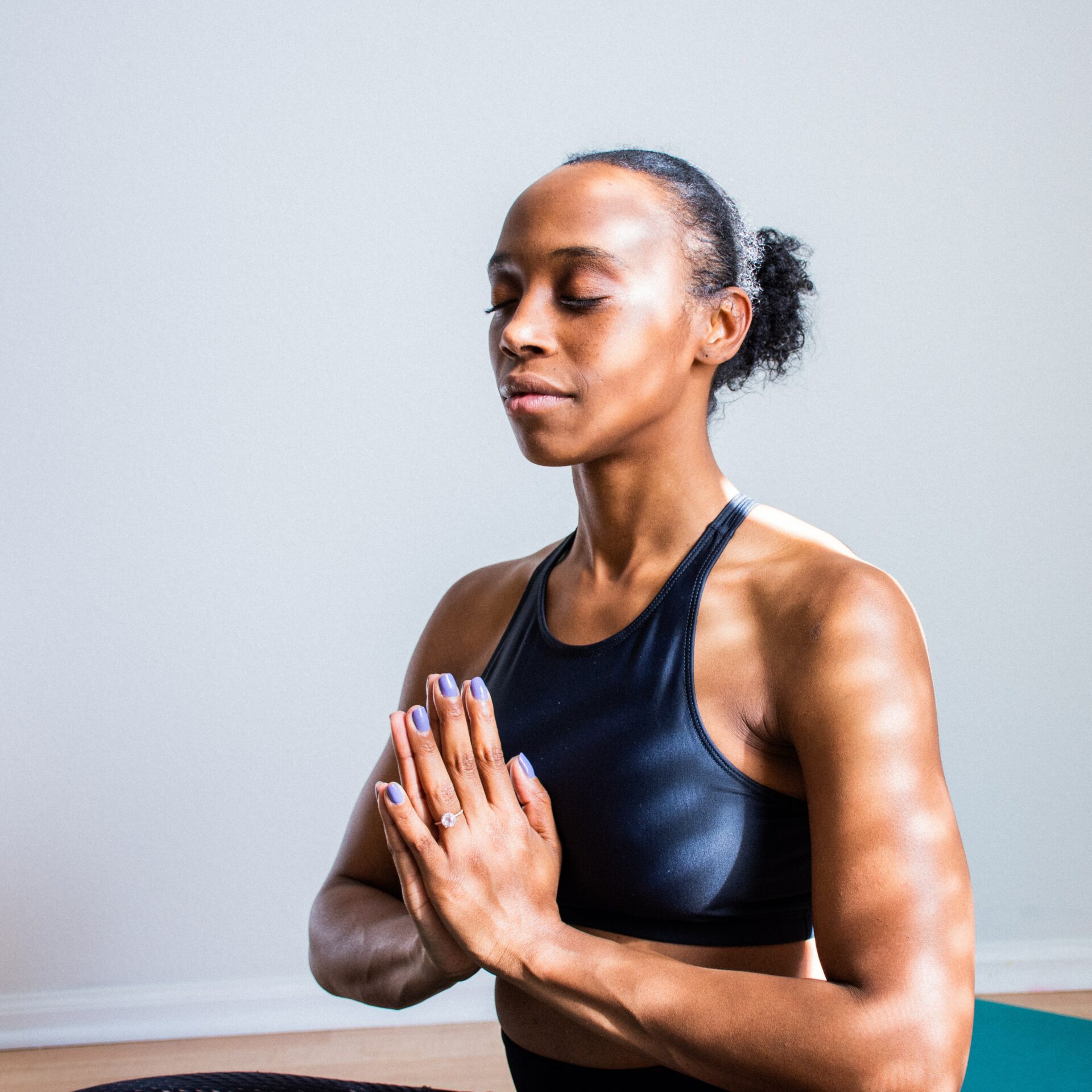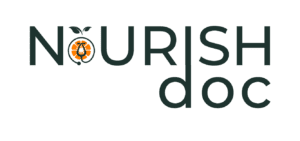What are varicose veins?
Varicose veins develop due to weakened valves in the veins of their legs. Varicosity describes a condition in which the veins of the legs become swollen and bulging beneath the surface of the skin. Varicose veins may be dark in color or may maintain their original color. The color ranges from a mild purplish-red to an almost navy blue. They’re nearly always painful. In the event of prolonged varicose veins, they could come with skin peeling, and skin ulcers may be seen to grow. Varicose veins may be the indication of a circulatory and vein/valve issue. These individuals have unpleasant symptoms like burning, weakness, heaviness, swelling, cramping, and pain. What’s more, they may increase a person’s risk for blood clots or ulcerations on the lower legs and feet.
Veins are the blood vessels responsible for attracting deoxygenated blood back to the heart. This is the reason the veins in your body seem blue. On the other hand, arteries distribute oxygen-rich blood to various organs and other areas of the body. Veins in the legs and feet must work against the flow of gravity to push the blood flow upward toward the heart. To help in this process, miniature valves in all veins close to stopping the blood from going backward and pooling. Occasionally this process doesn’t go as planned, and blood flows back in the veins, causing them to bulge, twist, dilate and take on a spider veins appearance.
See: Lumpiang Sariwa- A Filipino Dish for diabetic and heart patients
Does acupuncture help varicose veins?
Can acupuncture help treat varicose veins?
Traditional Chinese Medicine treatment handles systemic factors causing varicose veins and spider veins. Traditional Chinese Medicine provides a safe and effective approach to preventing and treating spider veins and varicose veins, according to a clinical protocol tested and refined over millennia of use.
Western biomedicine and Traditional Oriental Medicine mostly agree on why varicose veins form. Western medicine sees varicose veins growing because of diminished one-way valves in veins. All blood flows in a single direction only, and both veins and arteries have many one-way valves in their length. These valves should stop blood from flowing backward, mainly where gravity is working against blood circulation. One area of the body where gravity frequently helps blood flow – and hampers blood leaving – is the legs. This flow against gravity is why varicose veins develop most often in the legs, and more rarely, in different areas of the body.
How does acupuncture view varicose veins?
When we walk, the repeated contraction and relaxation of leg muscles generate a sort of pumping action, uniting the one-way valves in veins to move the blood in our legs back up towards the center. When we’re lying down, the blood in our thighs does not fight gravity to make its way back to the heart. But sitting still for long periods, such as during a long flight, can encourage blood to pool in the legs – and standing for extended periods is much worse. People who stand or sit for a long time deal with persistent pressure of pooling blood that can cause bulging of leg veins and harm their valves, causing varicose veins.
Once this damage has occurred, the affected veins do not usually recover. Particular leg exercises can help prevent Deep Vein Thrombosis on long flights, even though a quick online search yields a range of exercises that may be done while doing standing or sitting function to help prevent varicose veins. Sclerotherapy can often safely destroy modest veins. Large ones can sometimes be substituted with grafts, but sclerotherapy is debilitating, and grafting is a substantial surgical procedure. The procedures carry a risk of scarring and do not address the underlying causes of weak blood vessels, so the issue is likely to recur.
This dilemma is where Traditional Chinese Medicine (TCM) may have something unique to offer. Acupuncture can help with the diagnosis and treatment of the systemic factors that foster the development of varicose and spider veins.
TCM agrees with Western biomedicine that reduced blood flow is a crucial cause of varicose veins; this is known as blood stasis at TCM. Both approaches agree that proper exercise is vital to blood flow, which smoking is bad for blood vessels. But TCM goes past Western biomedicine to identify essential elements that modulate the strength and elasticity of the blood vessels. TCM calls this Spleen qi.
So what’s Spleen qi, and how does it affect blood vessels? Is there something besides exercises, or need to stop smoking, which people suffering from varicose veins can do to enhance their outcomes?
The answer is yes. They could strengthen their digestive systems. Fixing blood vessels as an extension of the digestive tract is not as strange as it might sound. Consider some of the structural and functional similarities between the digestive tract and blood vessels: Both are long tubes, made from smooth muscle. In the esophagus to the colon, the gastrointestinal tract calms just before the bolus, and contracts supporting it to move material through; this is known as peristalsis. Likewise, the blood vessel relaxes in front of the pulse, and contracts just behind it, moving through.
Functionally, the digestive tract generates sparks and nutrients wastes; the nutrients reach all the cells of the body through the circulatory system, which also carries metabolic wastes from cells so that they can be excreted.
The circulatory and digestive systems are co-extensive. Each system ends exactly where the other begins. One source of Vitamin K, a significant blood-clotting variable, is its creation by friendly flora in the gut. Far from being independent and different physiologic systems, digestion and circulation have a standard structure and purpose.
The Spleen in TCM isn’t identical to the spleen in Western biomedicine. Therefore we can’t expect a TCM diagnosis to have an exact counterpart in the kind of a Western biomedical diagnosis. In TCM, the spleen is tasked with breaking down food and beverage and creating nutrients from the raw materials. Usually, we think of this as the gut’s job, but in TCM that the stomach is primarily responsible for holding the food while the spleen operates on it, then descending it in a timely manner.
Spleen qi and blood vessels
What does this have to do with blood vessels?
According to TCM, the spleen creates blood, the spleen governs muscle (like smooth muscle), and Spleen qi retains blood from the vessels. Therefore, weak Spleen qi can cause some kinds of bleeding disorders (like heavy menses, or easy bruising), in addition to diminished blood vessels, which create both varicose and spider veins in TCM. If the Spleen qi is weak, there’ll also be poor absorption, so the spleen won’t have the ability to earn enough blood. This mechanism can lead to a variety of kinds of deficiency, including anemias.
Once there’s not sufficient blood, the flow will be compromised. Spleen qi deficiency is frequently a factor in poor blood flow, which is an element in varicosity and spider veins. Blood flow is a hydraulic pressure system. This is not about blood circulation as much as it is about the concentration of blood cells.
TCM informs us that we want enough blood until it can circulate adequately and that Spleen qi is accountable not just for making blood but also for keeping it within the vessels and controlling the smooth muscle vessel walls. It means that by strengthening digestion, by choosing to eat a few things and preventing others, we could normalize blood flow and strengthen blood vessels.
Which foods strengthen Spleen qi? And which ones weaken Spleen qi?
Generally speaking, routine eating habits, and a diet comprising a considerable selection of unprocessed foods, will strengthen Spleen qi. Concentrated sugars aren’t only ’empty calories’ that displace more nutritious foods: Too much sugar knowingly weakens digestive capacity, based on TCM. Thus far so good, right? Okay, how about this: Salads can harm digestion. Yes, I just said that. According to TCM, cold and raw foods aren’t only challenging to digest, but they’re also effective at weakening digestion. So an occasional salad could be excellent for some people, but others should eat only cooked meals. And eating a raw carrot cold from the refrigerator isn’t such a great idea for anybody.
This concept that raw foods are cold-natured, which cold food can harm digestion, isn’t quite as easy to get on board with. But it’s an important idea within TCM, and it is one reason TCM can provide viable alternatives to biomedical diagnosis and therapy like milk.
Dairy products are deemed cold-natured, but they’re also Damp. Damp by its nature is heavy and cold sinks; hence dairy foods place a specific burden on Spleen qi, weakening both digestive capability AND the capacity to maintain blood in the vessels. So for people affected by poor digestion, poor blood flow, any sort of ptosis or prolapse, some forms of bleeding, or easy bruising, or varicose or spider veins, dairy in any form is bad. Cold dairy is much worse, and sweetened frozen yogurt or ice cream is genuinely your spleen’s worst nightmare – and your blood vessels’ worst enemy.
Changing how you eat can be difficult, and time-consuming; try beginning with one small and comparatively simple thing, like skipping ice cubes in drinks, or substituting soups such as smoothies and salads, or cutting out ice cream. A critical element of digestive health is regular eating habits, notably not skipping breakfast. Establishing good eating habits might not be simple, but the expectation of a particular benefit can help you keep focused.
See: Steamed Vegetables, Spinach or Kale & Sweet Potatoes For Heart Health
Acupuncture & diet for weakened blood vessels
Can you cure varicose veins using needles and moxibustion to help prevent and cure weakened blood vessels Acupuncture treatment does not just strengthen Spleen qi, but also identifies acupoints whose activities specifically target blood vessels. Your acupuncturist can provide a unique and personalized treatment with systemic advantages of dietary changes. For more acute or long-standing scenarios, consider adding customized herbal formulas.
Dietary therapy is quite essential to help prevent and treat varicose veins and spider veins. However, by itself, dietary treatment would take much longer to show results. The same is true of acupuncture alone. If the dietary changes are not implemented, acupuncture can take much longer to work, and the benefits will begin to wear off after acupuncture is stopped. For more rapid improvement (usually visible within weeks), and lasting results, dietary modifications, and acupuncture are both necessary.
According to acupuncture, varicose veins are tagged as a state of blood stasis. Blood stasis occurs wherever there’s a stagnation or build-up of blood vessels anywhere in the body. If there’s pain associated with blood stasis, it’s described as a fixed, stabbing pain. Your acupuncture and Oriental medicine practitioner might even see dark purple regions on your bloated or tongue sublingual veins, confirming the identification. Sublingual veins can be found on the bottom side of your tongue. Tongue diagnosis, the practice of inspecting a patient’s tongue, is a regular part of acupuncture and Oriental medicine visit.
Acupuncture and Oriental medicine view blood stasis as the cause of all problems, and blood stasis complicates all ailments. Acupuncture and Oriental medicine can help treat varicose veins. If there are symptoms related to it or not, it is more than a cosmetic process – it can help prevent additional complications in the body.
Implementing acupuncture needles can help invigorate the blood and break up blood stasis. As these veins are near the skin, you might observe this procedure over a couple of sessions, as you observe the dark blue or purple color gradually lighten up when fresh blood is allowed to return in.
Your acupuncturist will make an individualized treatment program and might provide some lifestyle advice based on your risk factors. For example, sitting and walking for too long may result in varicose veins, so it’s not suggested to do either of them for extended intervals. High heels can also cause this condition, as can obesity because excess weight puts extra pressure on the lower limbs and feet.
Recommendations may also be determined by diet. Acupuncturists agree that eating a high-fiber, and vitamin C-enriched diet can decrease your risk for developing varicose veins. This benefit is because fiber can alleviate constipation and therefore prevent the veins on your legs from getting stretched and damaged from the straining due to the muscular activity required to move hardened stool. Vitamin C works by strengthening the vessel walls and rebuilding connective tissue
